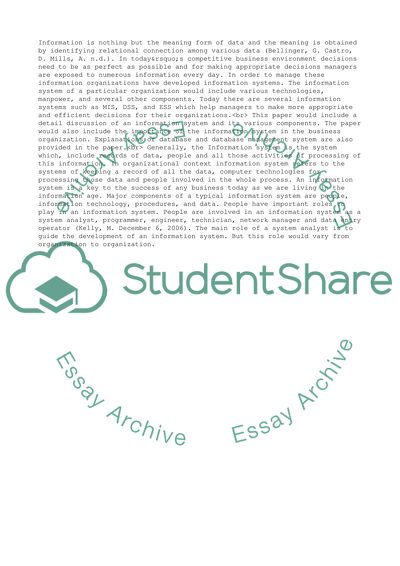Cite this document
(Managing Information for Competitive Advantages Research Paper, n.d.)
Managing Information for Competitive Advantages Research Paper. Retrieved from https://studentshare.org/management/1731872-managing-information-for-competitive-advantages
Managing Information for Competitive Advantages Research Paper. Retrieved from https://studentshare.org/management/1731872-managing-information-for-competitive-advantages
(Managing Information for Competitive Advantages Research Paper)
Managing Information for Competitive Advantages Research Paper. https://studentshare.org/management/1731872-managing-information-for-competitive-advantages.
Managing Information for Competitive Advantages Research Paper. https://studentshare.org/management/1731872-managing-information-for-competitive-advantages.
“Managing Information for Competitive Advantages Research Paper”, n.d. https://studentshare.org/management/1731872-managing-information-for-competitive-advantages.


